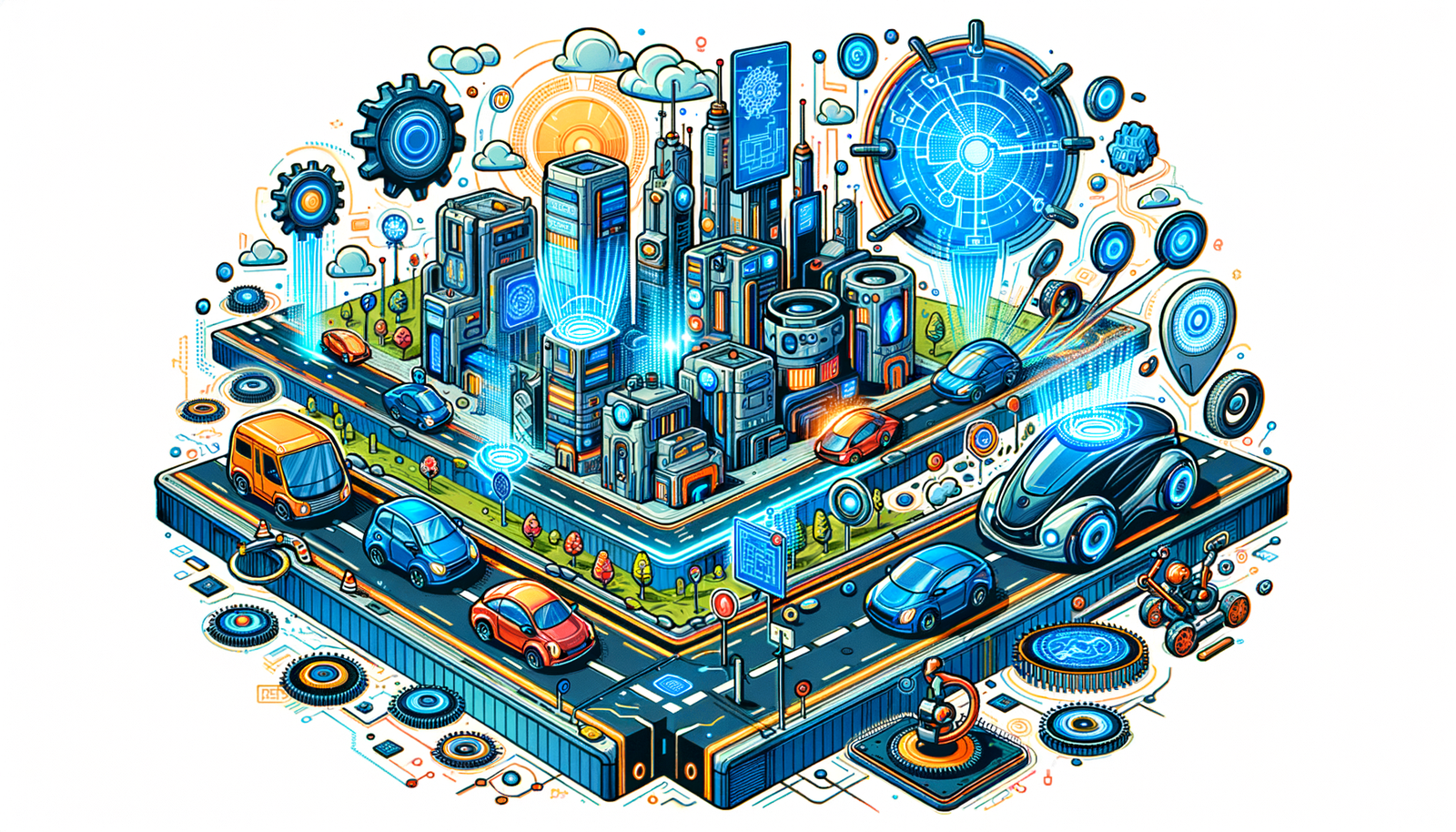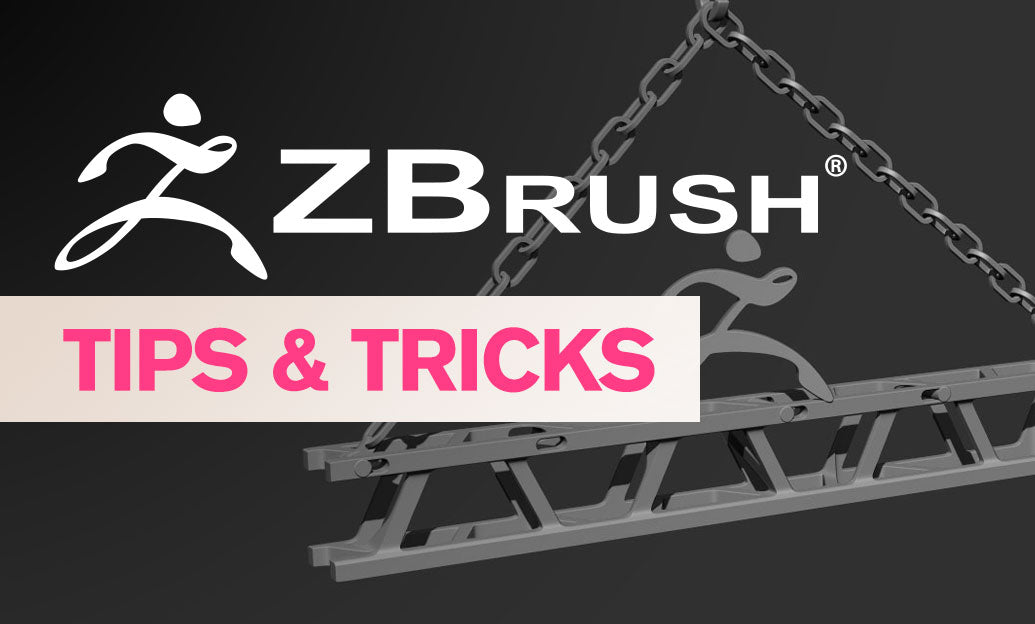Your Cart is Empty
Customer Testimonials
-
"Great customer service. The folks at Novedge were super helpful in navigating a somewhat complicated order including software upgrades and serial numbers in various stages of inactivity. They were friendly and helpful throughout the process.."
Ruben Ruckmark
"Quick & very helpful. We have been using Novedge for years and are very happy with their quick service when we need to make a purchase and excellent support resolving any issues."
Will Woodson
"Scott is the best. He reminds me about subscriptions dates, guides me in the correct direction for updates. He always responds promptly to me. He is literally the reason I continue to work with Novedge and will do so in the future."
Edward Mchugh
"Calvin Lok is “the man”. After my purchase of Sketchup 2021, he called me and provided step-by-step instructions to ease me through difficulties I was having with the setup of my new software."
Mike Borzage
ZBrush Tip: Mastering Spotlight Projection in ZBrush: Essential Tips for Enhanced 3D Texturing
January 25, 2025 2 min read

Spotlight Projection in ZBrush is a powerful feature that allows artists to apply textures, images, and patterns directly onto their 3D models with precision and control. By leveraging Spotlight, you can enhance your sculpting workflow and achieve intricate details effortlessly. Here are key tips to effectively utilize Spotlight Projection:
- Accessing Spotlight: Press the Shift + Z keys or click the Spotlight icon in the top menu to activate the Spotlight window.
-
Importing References:
- Drag and drop an image directly into the Spotlight window.
- Use high-resolution images from reputable sources like NOVEDGE to ensure clarity and detail.
-
Adjusting Image Position and Scale:
- Use the Move, Scale, and Rotate tools to position your reference image accurately on your model.
- Ensure the image aligns with the specific areas you intend to detail.
-
Blending and Opacity:
- Adjust the opacity slider to control the visibility of the Spotlight image, allowing you to see both the reference and your sculpt simultaneously.
- Use blending modes to achieve various effects, enhancing the integration of the texture with your model.
-
Polypaint Integration:
- Utilize Spotlight to project textures directly onto your model using Polypaint, enabling color and detail application without UV mapping.
- This technique is especially useful for adding realistic details like fabric patterns, skin textures, or intricate surface designs.
-
Masking with Spotlight:
- Create precise masks by using the Spotlight image as a reference, ensuring that modifications are confined to specific areas of your model.
- This approach enhances detail accuracy and prevents unwanted alterations to other parts of the sculpture.
-
Layer Management:
- Combine Spotlight with ZBrush layers to maintain a non-destructive workflow. This allows you to experiment with different textures and effects without permanently altering your base model.
- Refer to resources from NOVEDGE for advanced layer techniques and best practices.
-
Utilizing Multiple Spotlight Instances:
- Apply multiple Spotlight images concurrently to overlay different textures or references, enhancing the complexity and richness of your model.
- Switch between different Spotlight instances to focus on various aspects of your sculpt without losing track of your overall design.
-
Optimizing Performance:
- Use Spotlight with optimized image resolutions to prevent performance lags, especially when working on high-poly models.
- Leverage tutorials and tips from NOVEDGE to streamline your workflow and maintain efficient performance.
-
Exporting Spotlight Projects:
- Save your Spotlight configurations to reuse in future projects, ensuring consistency and saving time.
- Share your Spotlight setups with the community or team members through platforms like NOVEDGE for collaborative projects.
-
Learning and Experimentation:
- Continuously experiment with different Spotlight settings and techniques to discover new methods of detailing and texturing.
- Access comprehensive tutorials and resources from NOVEDGE to expand your knowledge and refine your Spotlight projection skills.
By mastering Spotlight Projection, you can significantly enhance the depth and realism of your ZBrush projects. Integrating resources and tutorials from NOVEDGE will further support your journey in creating stunning and detailed 3D models.
You can find all the ZBrush products on the NOVEDGE web site at this page.
Also in Design News

Driving the Future: AI-Enhanced CAD for Automated Design Optimization
May 09, 2025 8 min read
Read More
ZBrush Tip: Maximize Your ZBrush Workflow with Advanced PolyPaint Techniques
May 09, 2025 2 min read
Read MoreSubscribe
Sign up to get the latest on sales, new releases and more …



